A Study for Development of Digital Contents Management Systems Based on Smart Home
Abstract
:1. Introduction
2. Related Studies
3. Design of SDCMOS (Smart Home Digital Contents Management and Operation System)
3.1. SDCOS (Smart Home Digital Contents Operation System)
- *
- A function responsible for editing multimedia contents;
- *
- A function to control contents according to the operating characteristics of various media;
- *
- A function that supports the effective operation of Smart Home service.
3.2. SDCMS (Smart Home Digital Contents Management System)
- *
- A function to manage MPEG-7 database in home-server–home-client environment;
- *
- A function to check XML Schema supporting MPEG-7 and validation of XML document;
- *
- A function that processes the synchronization of MPEG-7 data between the client and the server.
4. Implementation of SDCMOS
4.1. Implementation of SDCMS
4.1.1. MDM
4.1.2. MVC
4.1.3. MSP
4.1.4. MDM/C
4.2. Implementation of SDCMS
4.2.1. MDE
4.2.2. MCC
4.2.3. ASS
4.3. Implementation of SAS (Smart Home Application Service)
4.4. SDCMOS Case
5. Conclusions and Future Challenges
Funding
Institutional Review Board Statement
Informed Consent Statement
Data Availability Statement
Conflicts of Interest
References
- Yilmaz, S.; Rinaldi, A.; Patel, M.H. DSM interactions: What is the impact of appliance energy efficiency measures on the demand response (peak load management)? Energy Policy 2020, 139, 301–315. [Google Scholar] [CrossRef]
- Lisa, C.; Mattia, M.; Charalampos, Z. A review of data sources for electric vehicle integration studies. Renew. Sustain. Energy Rev. 2021, 151, 111518. [Google Scholar]
- Uyi, E.K.; Hooi, L.H.; Russell, S. The moderating role of energy consumption in the carbon emissions-income nexus in middle-income countries. Appl. Energy 2020, 261, 114215. [Google Scholar]
- Andrew, H.; Danielle, S.; Beatrice, M.S.; Robert, B. A probabilistic fleet analysis for energy consumption, life cycle cost and greenhouse gas emissions modelling of bus technologies. Appl. Energy 2020, 261, 114422. [Google Scholar]
- Henrich, C.P.; Angelakis, V.; Suppan, S.; Fischer, K.; Oikonomou, G.; Tragos, E.Z.; Rodriguez, R.D.; Mouroutis, T. RERUM: Building a Reliable IoT upon Privacy- and Security- enabled Smart Objects. In Proceedings of the 2014 IEEE Wireless Communications and Networking Conference Workshops (WCNCW), Istanbul, Turkey, 6–9 April 2014. [Google Scholar]
- Hwang, Y.H. IoT Security & Privacy: Threats and Challenges. IST-Africa Week Conference (IST-Africa). In Proceedings of the 1st ACM Workshop on IoT Privacy, Trust, and Security, Singapore, 14 April 2015. [Google Scholar]
- Jiang, D.; Shiwei, C. A study of information security for M2M of IOT. In Proceedings of the 2010 3rd International Conference on Advanced Computer Theory and Engineering(ICACTE), Chengdu, China, 20–22 August 2010. [Google Scholar]
- Li, G. Android Handout; Electronic Industry Press: Beijing, China, 2013. [Google Scholar]
- Lu, X.; Liu, Y.; Wang, X. Design of Intelligent Home System Based on Internet of Things. Telev. Technol. 2013, 24, 43–48. [Google Scholar]
- Liu, C.; Zhang, Y.; Zhang, H. A Novel Approach to IoT Security Based on Immunology. In Proceedings of the 2013 Ninth International Conference on Computational Intelligence and Security, Emeishan, China, 14–15 December 2013. [Google Scholar]
- Pohls, H.C.; Angelakis, V.; Suppan, S.; Fischer, K.; Oikonomou, G.; Tragos, E.Z.; Rodriguez, Z.D.; Mouroutis, T. RERUM: Building a Reliable IoT upon Privacy- and Security- enabled Smart Objects. In Proceedings of the Wireless Communications & Networking Conference Workshops, Istanbul, Turkey, 6–9 April 2014; IEEE: Piscataway, NJ, USA, 2014. [Google Scholar]
- Yukitake, T. Innovative Solutions toward Future Society with AI, Robotics, and IoT. 2017. Available online: https://doi.org/10.23919/vlsic.2017.8008499 (accessed on 4 March 2022).
- Miettinen, M.; Marchal, S.; Hafeez, I.; Frassetto, T.; Asokan, N.; Sadeghi, A.-R.; Tarkoma, S. IoT Sentinel: Automated Device-Type Identification for Security Enforcement in IoT. In Proceedings of the 2017 IEEE 37th International Conference on Distributed Computing Systems (ICDCS), Atlanta, GA, USA, 5–8 June 2017; pp. 2511–2514. [Google Scholar]
- Mahmoud, R.; Yousuf, T.; Aloul, F.; Zualkernan, I. Internet of things (IoT) security: Current status, challenges and prospective measures. In Proceedings of the 2015 10th International Conference for Internet Technology and Secured Transactions (ICITST), London, UK, 14–16 December 2015. [Google Scholar]
- Pacheco, J.; Hariri, S. IoT Security Framework for Smart Cyber Infrastructures. In Proceedings of the 2016 IEEE 1st International Workshops on Foundations and Applications of Self* Systems (FAS*W), Augsburg, Germany, 12–16 September 2016; pp. 242–247. [Google Scholar]
- Ren, Z.; Wang, M.; Wang, P. Principle and Application of Embedded Real-time Operating System μCOS-I; Beijing Aerospace University Press: Beijing, China, 2009. [Google Scholar]
- Riahi, A.; Challal, Y.; Natalizio, E.; Chtourou, Z.; Bouabdallah, A. A Systemic Approach for IoT Security. In Proceedings of the 2013 IEEE International Conference on Distributed Computing in Sensor Systems, Cambridge, MA, USA, 20–23 May 2013. [Google Scholar]
- Stergiou, C.; Psannis, K.E.; Kim, B.G.; Gupta, B. Secure integration of IoT and Cloud Computing. Future Gener. Comput. Syst. 2016. [Google Scholar] [CrossRef]
- Wang, J. Design and Implementation of Smart Home System Based on NB-Iot Wireless Sensor Network; Donghua University of Technology: Shanghai, China, 2013. [Google Scholar]
- Wurm, J.; Hoang, K.; Arias, O.; Sadeghi, A.-R.; Jin, Y. Security analysis on consumer and industrial IoT devices. In Proceedings of the 2016 21st Asia and South Pacific Design Automation Conference (ASP-DAC), Macao, China, 25–28 January 2016; pp. 519–524. [Google Scholar]
- Lu, Y.; Xu, L.D. Internet of Things (IoT) cybersecurity research: A review of current research topics. IEEE Internet Things J. 2019, 6, 2103–2115. [Google Scholar] [CrossRef]
- Xu, T.; Wendt, J.B.; Potkonjak, M. Security of IoT systems: Design challenges and opportunities. In Proceedings of the 2014 IEEE/ACM International Conference on Computer-Aided Design (ICCAD), San Jose, CA, USA, 2–6 November 2014. [Google Scholar]
- Yang, D. Design and implementation of intelligent home control system based on Internet of Things. Electron. World 2012, 21, 16–17. [Google Scholar]
- Zhang, Y.; Shen, Z.; Chen, Y. Principle and Application of ARM Cortex-M3 Microntroller; Electronic Industry Press: Beijing, China, 2013. [Google Scholar]
- Zhou, L. lpc1700 Series Microcontroller; Guangzhou Zhou Ligong Microcontroller Development Co., Ltd: Guangzhou, China, 2012. [Google Scholar]
- Zhang, Z.-K.; Cho, M.C.Y.; Wang, C.-W.; Hsu, C.-W.; Chen, C.-K.; Shieh, S. IoT Security: Ongoing Challenges and Research Opportunities. In Proceedings of the 2014 IEEE 7th International Conference on Service-Oriented Computing and Applications, Matsue, Japan, 17–19 November 2014. [Google Scholar]
- Qureshi, K.N.; Din, S.; Jeon, G.; Piccialli, F. Internet of vehicles: Key technologies, network model, solutions and challenges with future aspects. IEEE Trans. Intell. Transp. Syst. 2020, 22, 1777–1786. [Google Scholar] [CrossRef]
- Qureshi, K.N.; Bashir, F.; Iqbal, S. Cloud computing model for vehicular ad hoc networks. In Proceedings of the 2018 IEEE 7th International Conference on Cloud Networking (CloudNet), Tokyo, Japan, 22–24 October 2018; pp. 1–3. [Google Scholar]
- Idrus, S.M.; Butt, R.A.; Qureshi, K.N.; Ali Shah, P.M.; Zul, N. An energy efficient cyclic sleep control framework for ITU PONs. Opt. Switch Netw. 2017, 27, 7–17. [Google Scholar]
- Ahmed, M.S.; Mohamed, A.; Homod, R.Z.; Shareef, H.; Sabry, A.H.; Khalid, K.B. Smart plug prototype for monitoring electrical appliances in home energy management system. In Proceedings of the 2015 IEEE Student Conference on Research and Development (SCOReD), Kuala Lumpur, Malaysia, 13–14 December 2015; pp. 32–36. [Google Scholar]
- Bouakkaz, A.; Mena, A.J.G.; Haddad, S.; Ferrari, M.L. Efficient energy scheduling considering cost reduction and energy saving in hybrid energy system with energy storage. J. Energy Storage 2021, 33, 101887. [Google Scholar] [CrossRef]
- Ahmed, M.S.; Mohamed, A.; Shareef, H.; Homod, R.Z.; Ali, J.A. Artificial neural network based controller for home energy management considering demand response events. In Proceedings of the 2016 International Conference on Advances in Electrical, Electronic and Systems Engineering (ICAEES), Putrajaya, Malaysia, 14–16 November 2016; pp. 506–509. [Google Scholar]
- Chellamani, G.K.; Chandramani, P.V. An optimized methodical energy management system for residential consumers considering price-driven demand response using satin bowerbird optimization. J. Electr. Eng. Technol. 2020, 15, 955–967. [Google Scholar] [CrossRef]
- Uribe, O.H.; Martin, J.P.; Garcia-Alegre, M.C.; Santos, M.; Guinea, D. Smart building: Decision making architecture for thermal energy management. Sensors 2015, 15, 27543–27568. [Google Scholar] [CrossRef] [Green Version]
- Gandsas, A.; McIntire, K.; Palli, G.; Park, A. Live Streaming Video for Medical Education: A Laboratory Model. J. Laparoendosc. Adv. Surg. Tech. 2002, 12, 377–382. [Google Scholar] [CrossRef] [PubMed]
- Qureshi, K.N.; Iftikhar, A.; Bhatti, S.N.; Piccialli, F.; Giampaolo, F.; Jeon, G. Trust management and evaluation for edge intelligence in the Internet of Things. Eng. Appl. Artif. Intell. 2020, 94, 103756. [Google Scholar] [CrossRef]
- Qureshi, K.N.; Bashir, F.; Abdullah, A.H. Provision of security in vehicular ad hoc networks through an intelligent secure routing scheme. In Proceedings of the 2017 International Conference on Frontiers of Information Technology (FIT), Islamabad, Pakistan, 18–20 December 2017; pp. 200–205. [Google Scholar]
- AlFaris, F.; Juaidi, A.; Manzano-Agugliaro, F. Intelligent homes’ technologies to optimize the energy performance for the net zero energy home. Energy Build 2017, 153, 262–274. [Google Scholar] [CrossRef]
- Meana-Llorián, D.; García, C.G.; Garcia-Bustelo, B.C.P.; Lovelle, J.M.C.; Garcia-Fernandez, N. IoFClime: The fuzzy logic and the Internet of Things to control indoor temperature regarding the outdoor ambient conditions. Future Gener. Comput. Syst. 2017, 76, 275–284. [Google Scholar] [CrossRef] [Green Version]
- Al-Ali, A.R.; Zualkernan, I.A.; Rashid, M.; Gupta, R.; Alikarar, M. A smart home energy management system using IoT and big data analytics approach. IEEE Trans. Consum. Electron. 2017, 63, 426–434. [Google Scholar] [CrossRef]
- Asif, S.; Ambreen, K.; Iftikhar, H.; Khan, H.N.; Maroof, R.; Javaid, N. Energy management in residential area using genetic and strawberry algorithm. In Lecture Notes on Data Engineering and Communications Technologies, Proceedings of the 21st International Conference on Network-Based Information Systems (NBiS-2018), Bratislava, Slovakia, 5–7 September 2018; Springer: Berlin/Heidelberg, Germany; pp. 165–176.
- Becker, V.; Kleiminger, W.; Coroama, V.C.; Mattern, F. Estimating the savings potential of occupancy-based heating strategies. Energy Inform. 2018, 1, 35–54. [Google Scholar] [CrossRef]
- Rathore, P.; Rao, A.S.; Rajasegarar, S.; Vanz, E.; Gubbi, J.; Palaniswami, M. Real-time urban microclimate analysis using Internet of Things. IEEE Internet Things J. 2018, 5, 500–511. [Google Scholar] [CrossRef]
- Arya, A. Energy saving in distribution system using Internet of Things in Smart Grid environment. Int. J. Comput. Digit. Syst. 2019, 8, 158–165. [Google Scholar] [CrossRef]
- Filho, G.P.R.; Villas, L.A.; Gonçalves, V.P.; Pessin, G.; Loureiro, A.A.F.; Ueyama, J. Energy-efficient smart home systems: Infrastructure and decision-making process. Internet Things 2019, 5, 153–167. [Google Scholar] [CrossRef]
- Liu, Y.; Yang, C.; Jiang, L.; Xie, S.; Zhang, Y. Intelligent edge computing for IoT-based energy management in smart cities. IEEE Netw. 2019, 33, 111–117. [Google Scholar] [CrossRef]
- Chekired, D.A.; Khoukhi, L.; Mouftah, H.T. Decentralized cloud-SDN architecture in smart grid: A dynamic pricing model. IEEE Trans. Ind. Inform. 2017, 14, 1220–1231. [Google Scholar] [CrossRef]
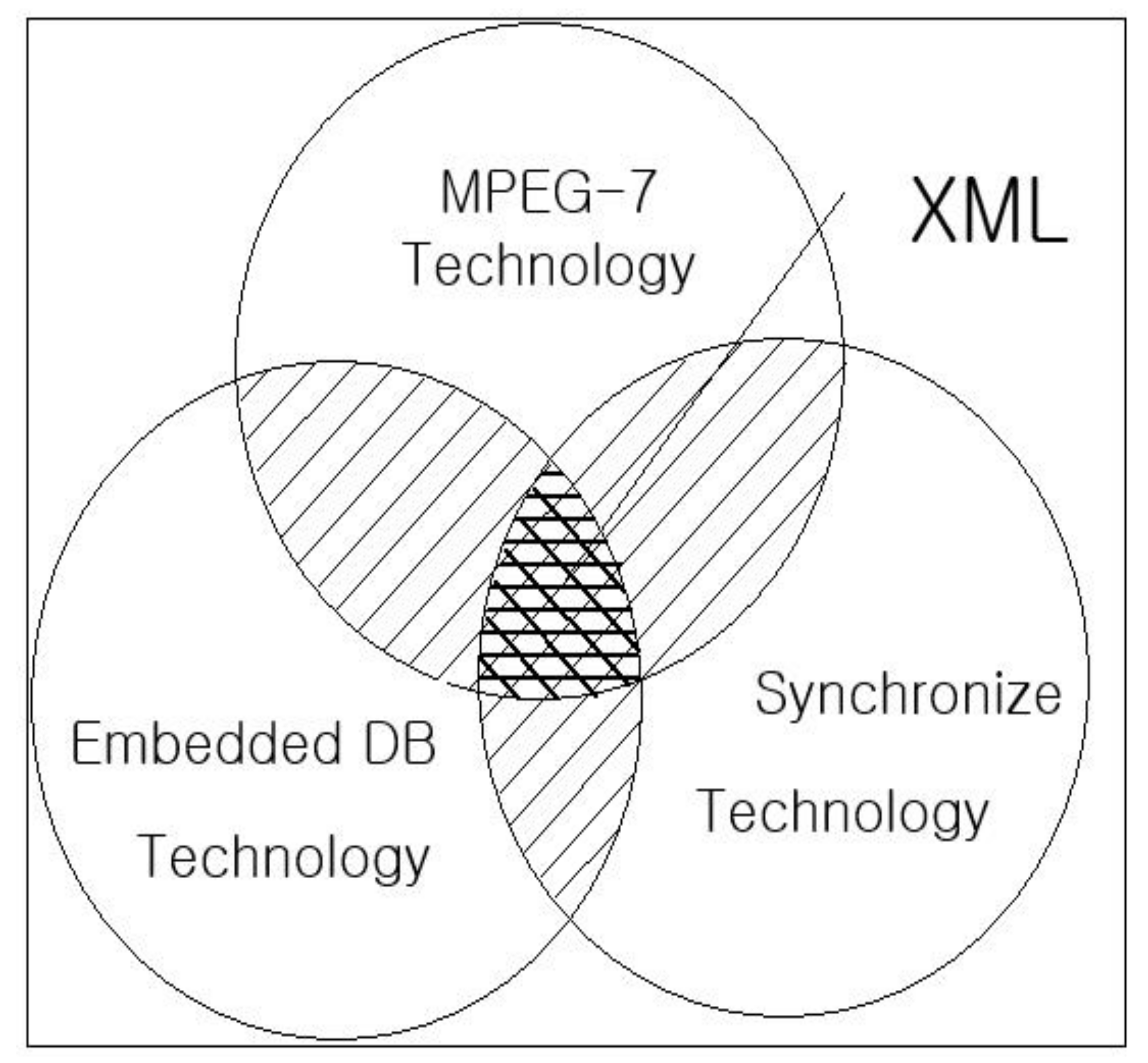
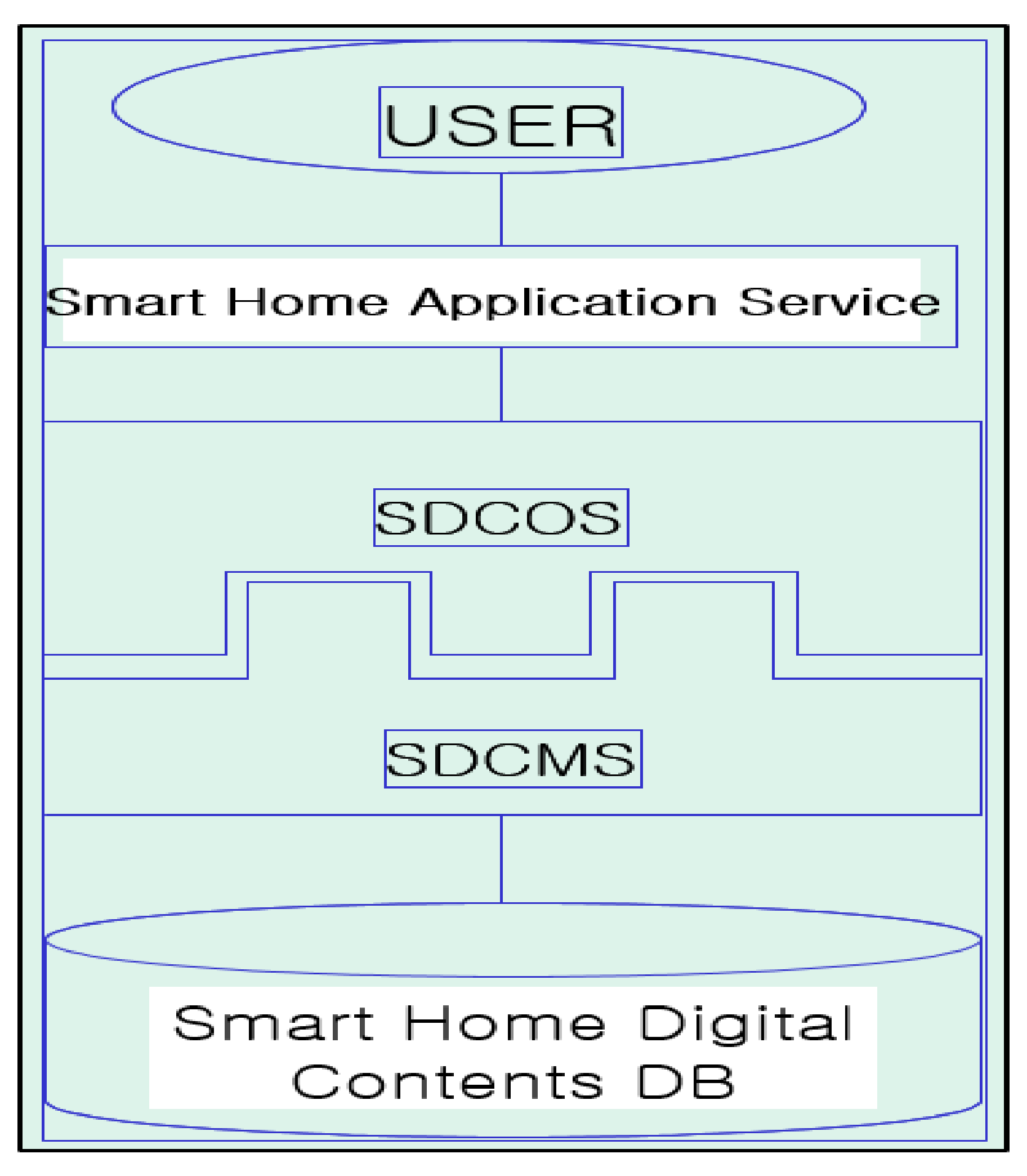
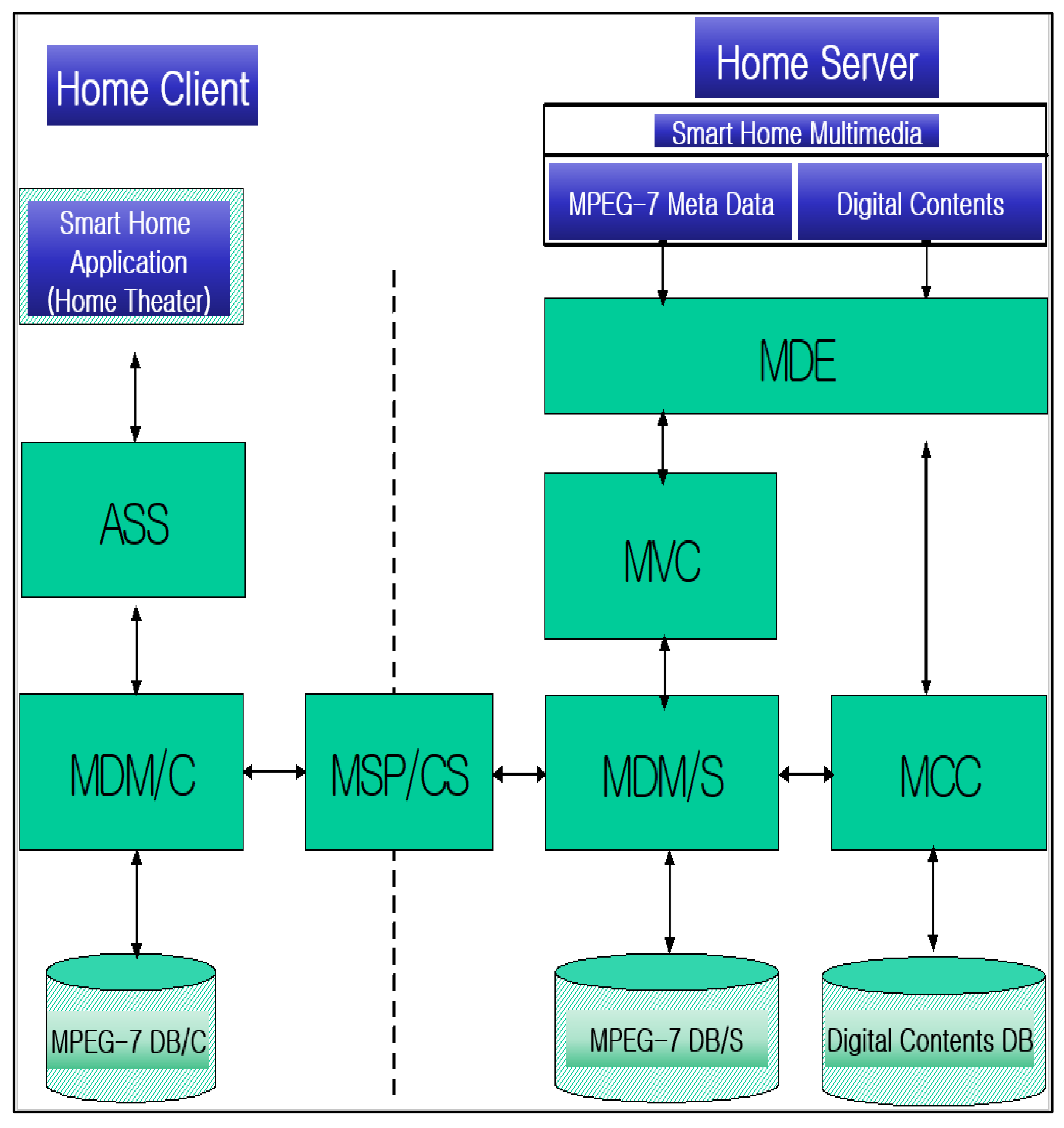
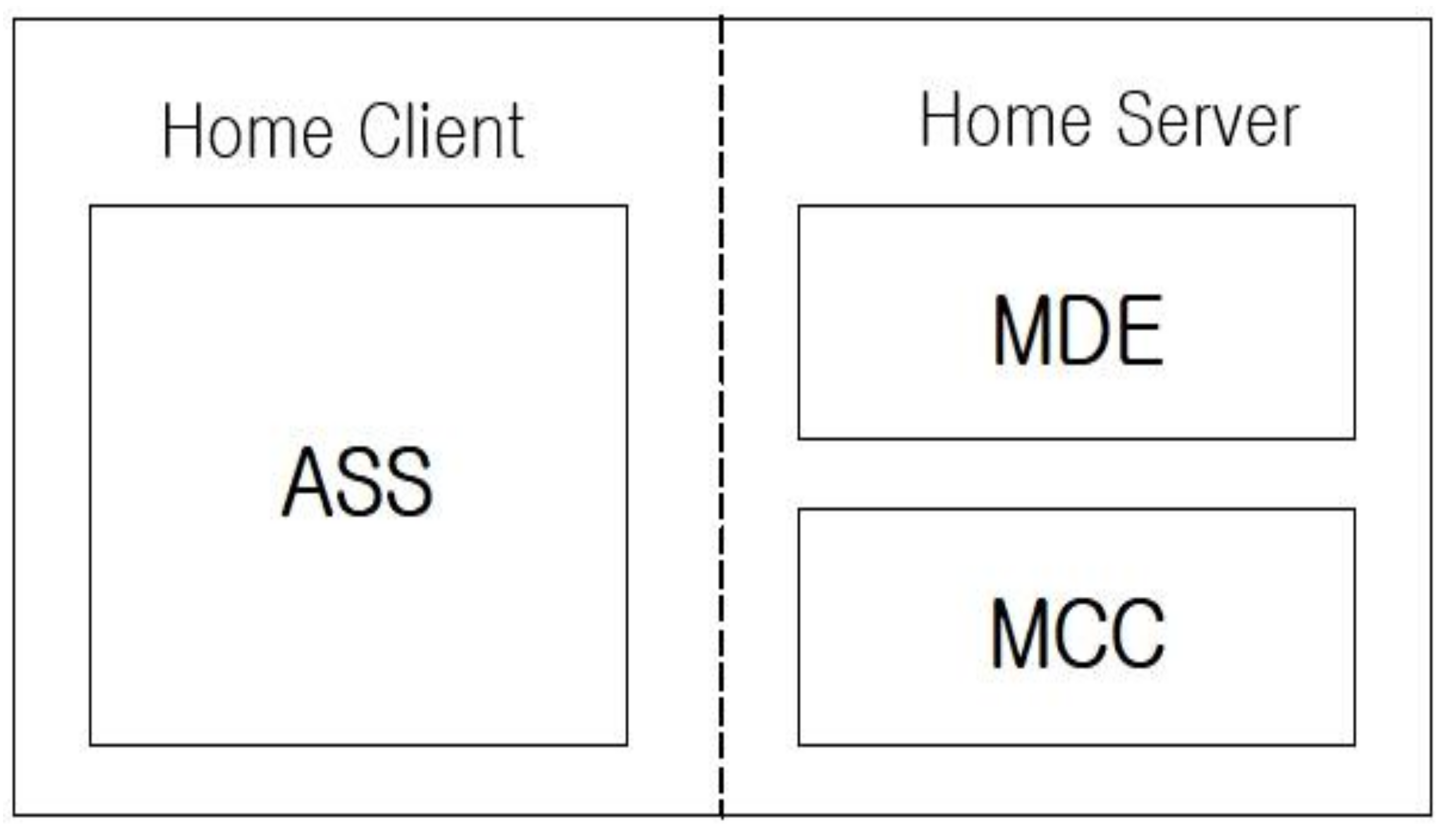



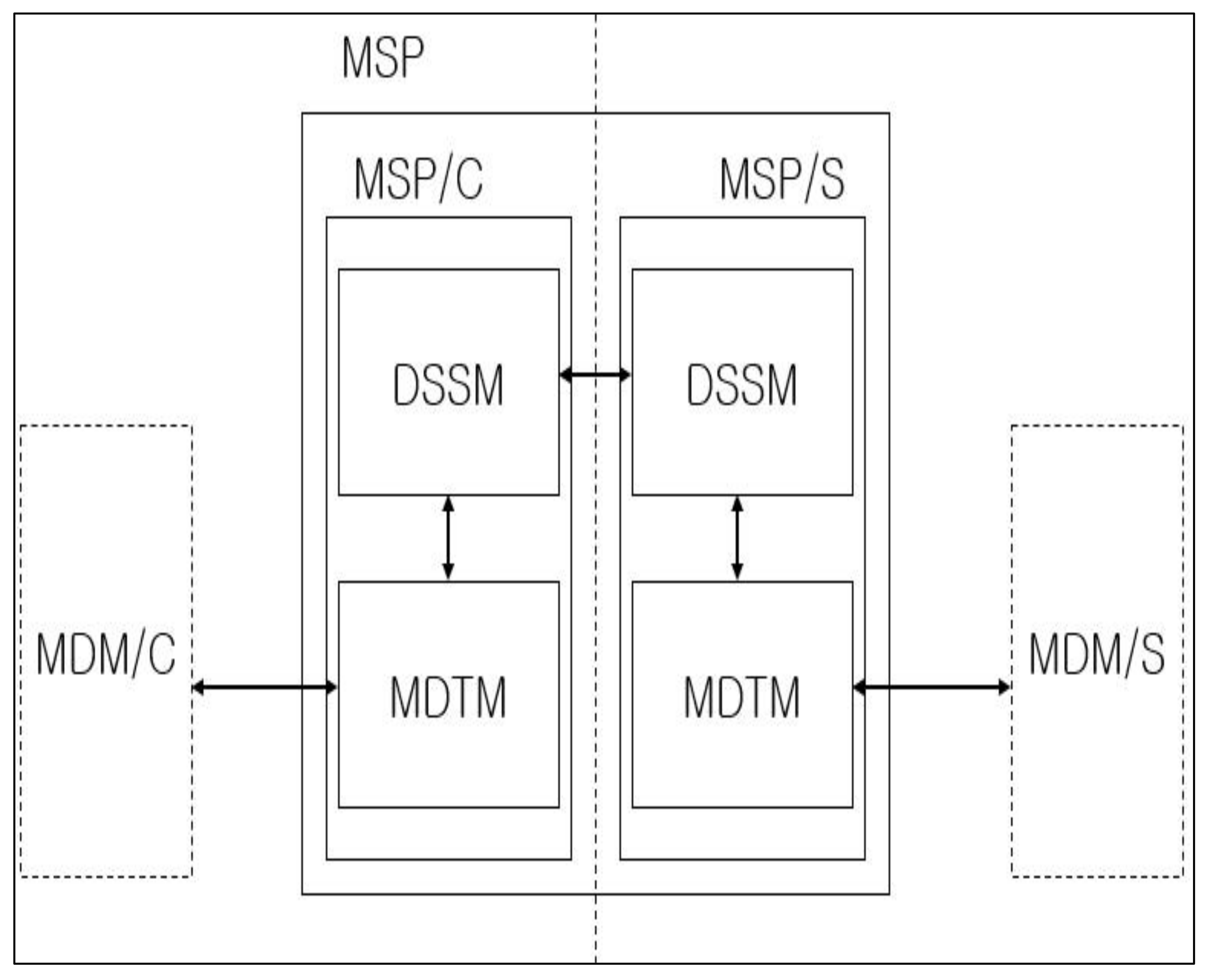


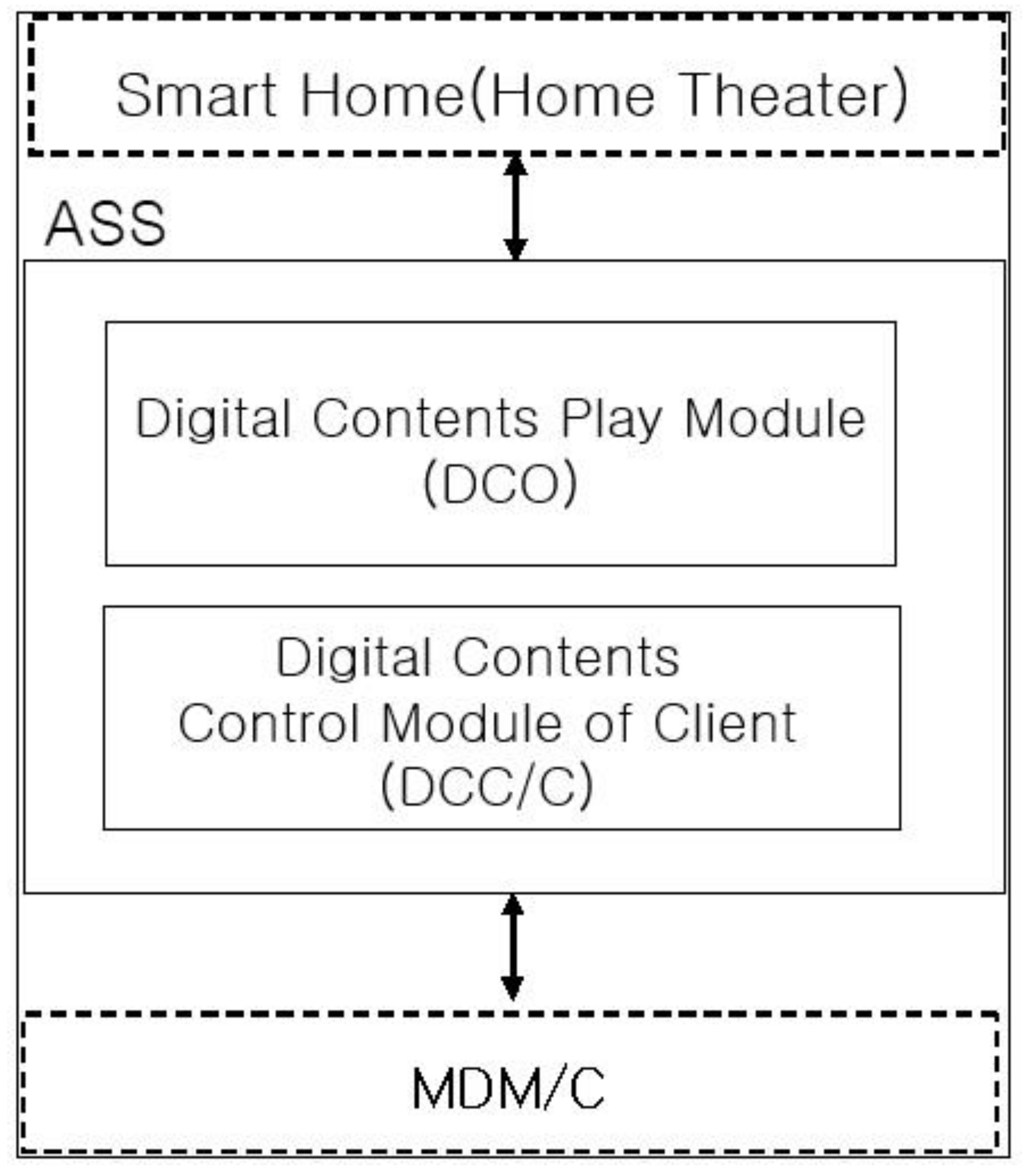
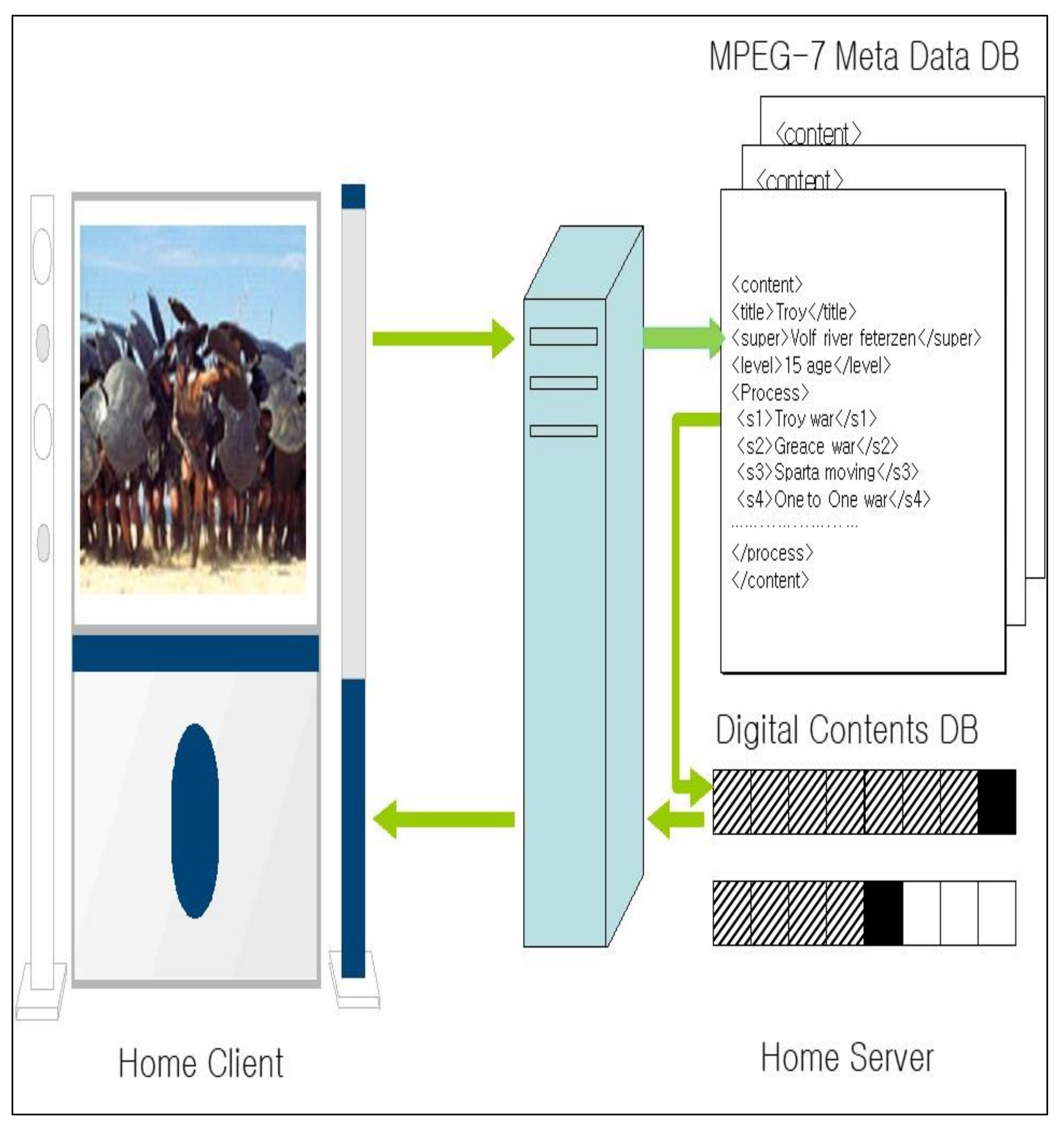
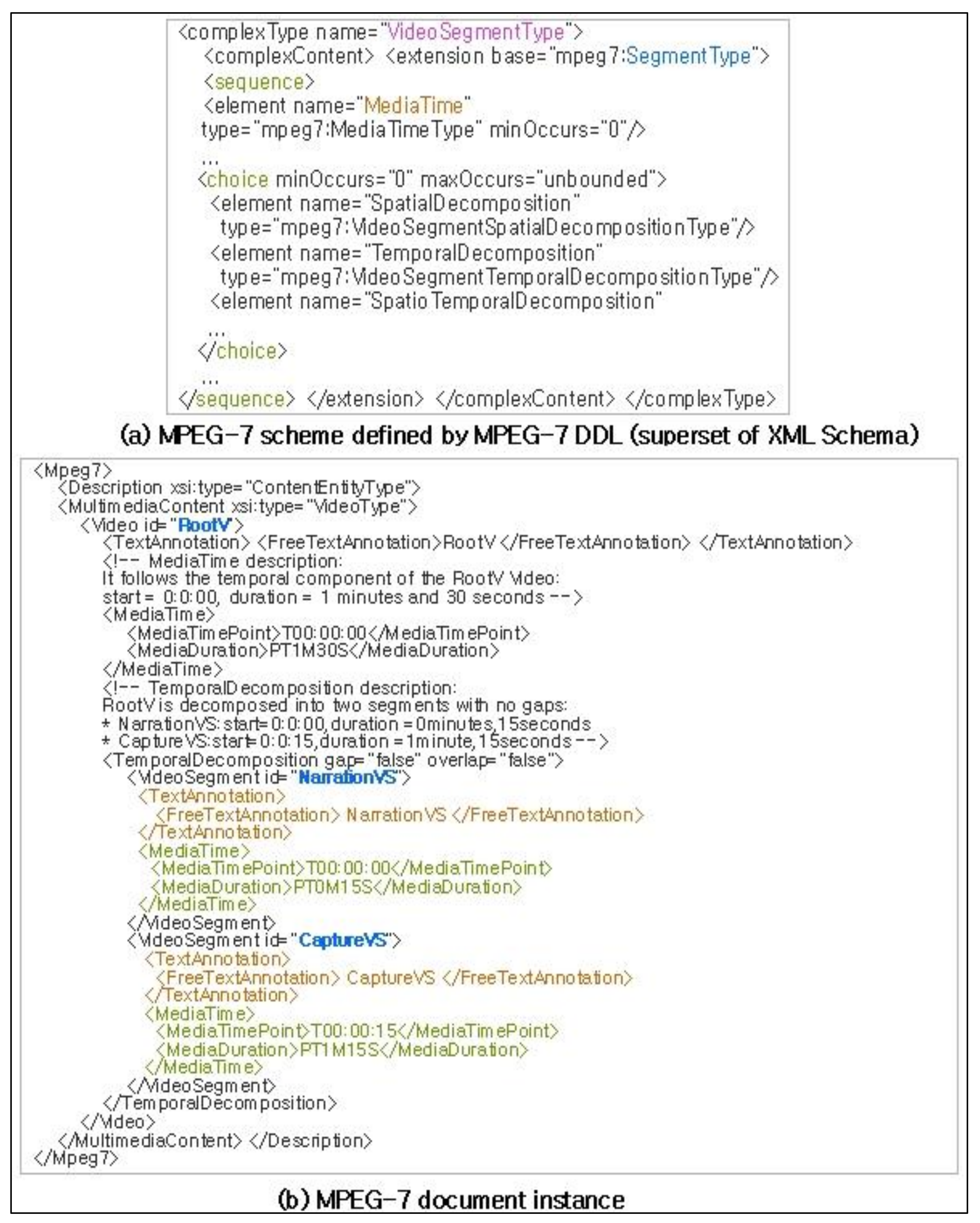
Publisher’s Note: MDPI stays neutral with regard to jurisdictional claims in published maps and institutional affiliations. |
© 2022 by the author. Licensee MDPI, Basel, Switzerland. This article is an open access article distributed under the terms and conditions of the Creative Commons Attribution (CC BY) license (https://creativecommons.org/licenses/by/4.0/).
Share and Cite
Ahn, B. A Study for Development of Digital Contents Management Systems Based on Smart Home. Sustainability 2022, 14, 5524. https://doi.org/10.3390/su14095524
Ahn B. A Study for Development of Digital Contents Management Systems Based on Smart Home. Sustainability. 2022; 14(9):5524. https://doi.org/10.3390/su14095524
Chicago/Turabian StyleAhn, Byeongtae. 2022. "A Study for Development of Digital Contents Management Systems Based on Smart Home" Sustainability 14, no. 9: 5524. https://doi.org/10.3390/su14095524
APA StyleAhn, B. (2022). A Study for Development of Digital Contents Management Systems Based on Smart Home. Sustainability, 14(9), 5524. https://doi.org/10.3390/su14095524





